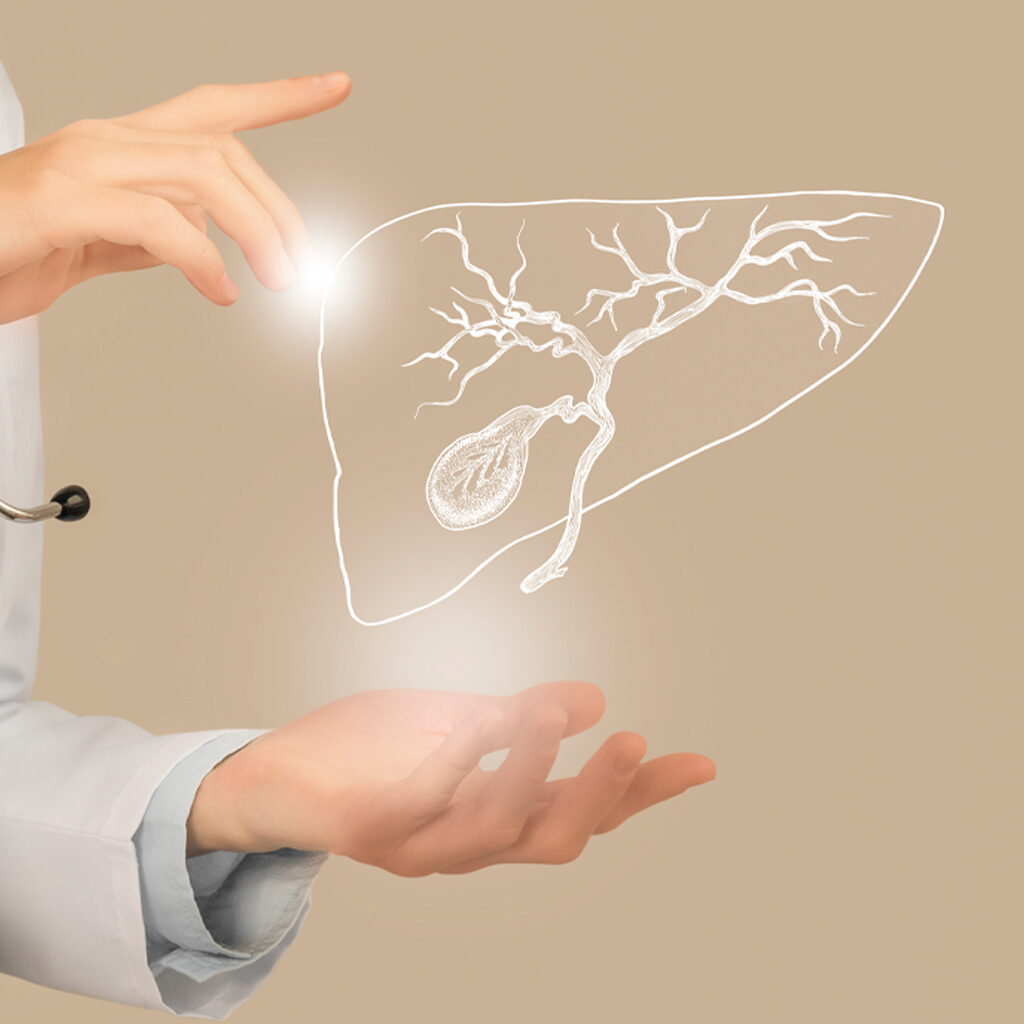Biliary (liver, gallbladder, and bile ducts) interventions
What are bile ducts?
The bile ducts are used to transport bile to the gallbladder where it is stored. When needed, the gallbladder releases bile through ducts into the small intestine. Biliary interventions treat bile ducts that are blocked or narrowed. They may also be used to treat an infected gallbladder.
Types of biliary interventions offered at IntelliRad
Percutaneous transhepatic cholangiography (PTC) is a procedure performed by an interventional radiologist using imaging guidance to visualize the bile ducts in the liver. If a blockage is found, a catheter may be placed to drain excess bile out of the body, or a stent may be placed to keep a narrowed bile duct open.
Percutaneous transhepatic biliary drainage (PTBD) is a similar procedure to drain bile from blocked ducts in the liver out of the body.
Percutaneous cholecystostomy is a procedure to help drain fluids from an infected gallbladder out of the body. This is typically recommended for patients who are not eligible for surgical gallbladder removal.

